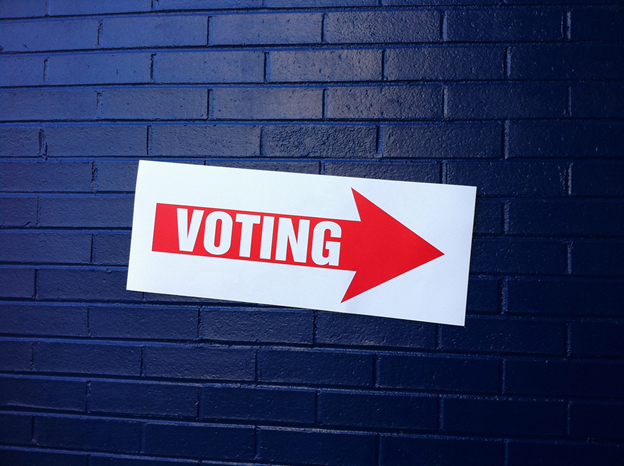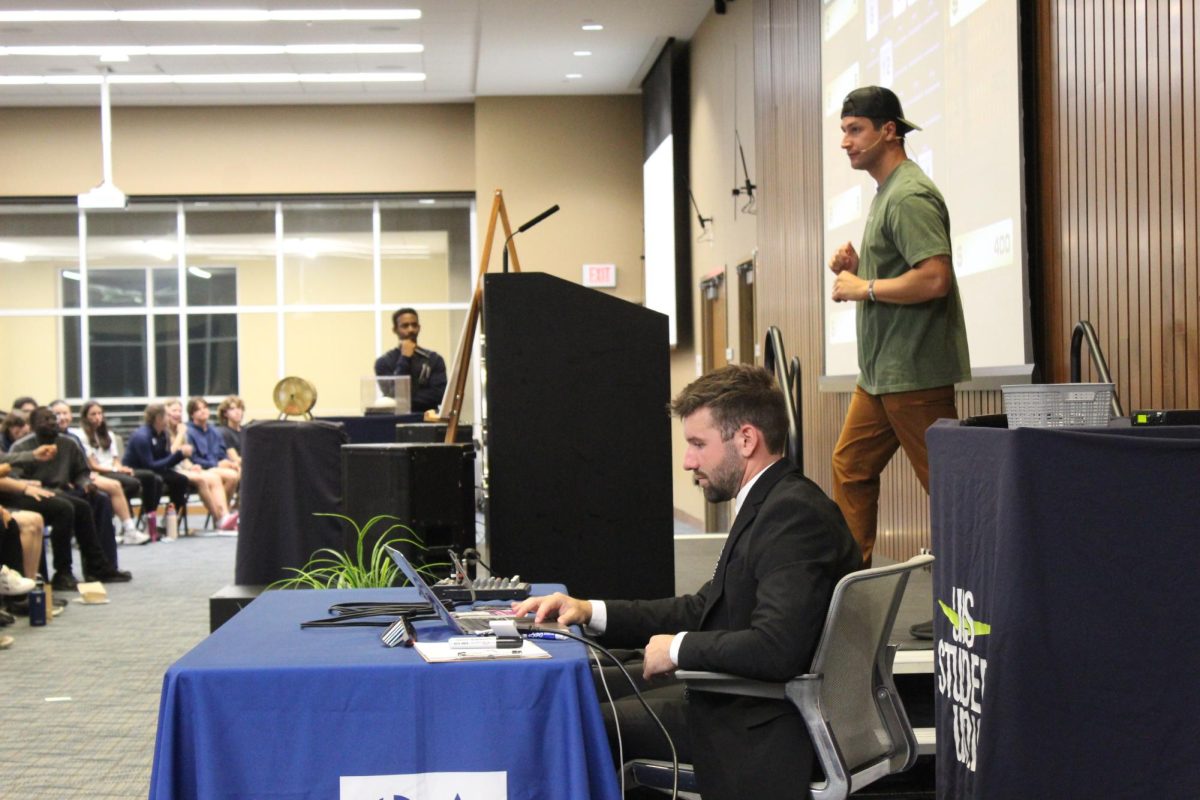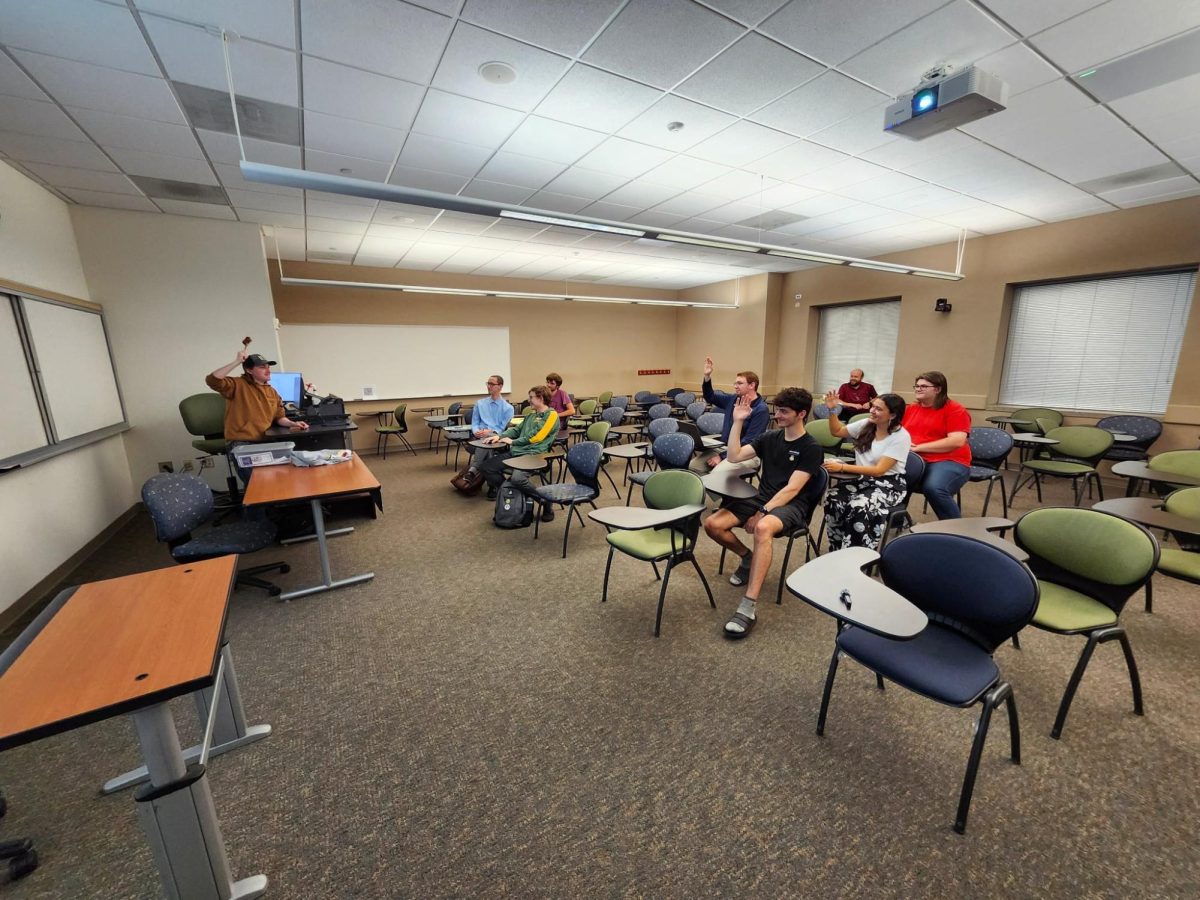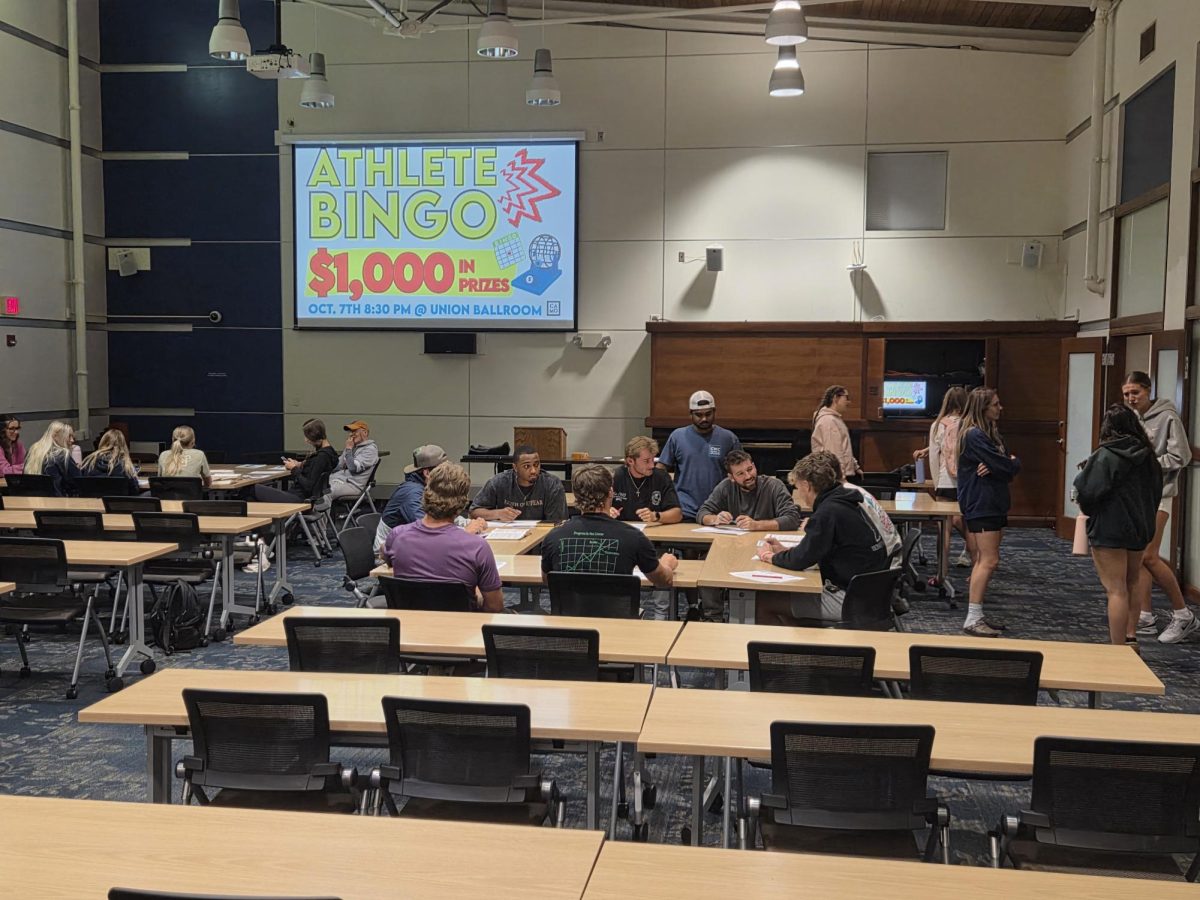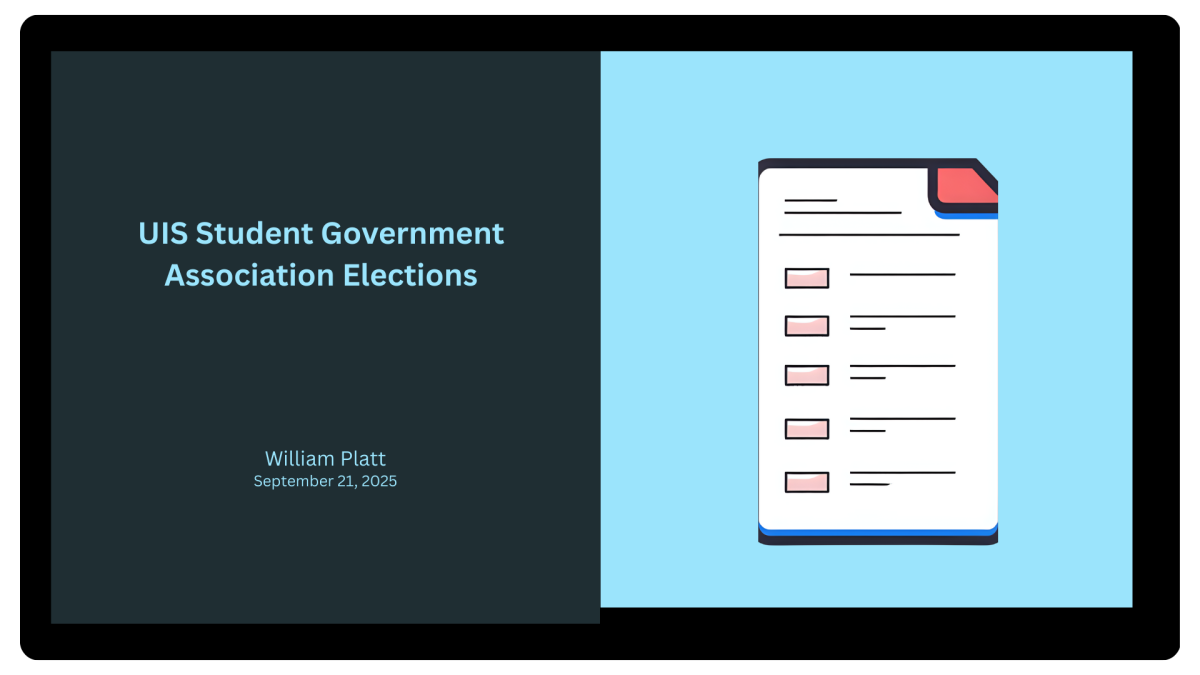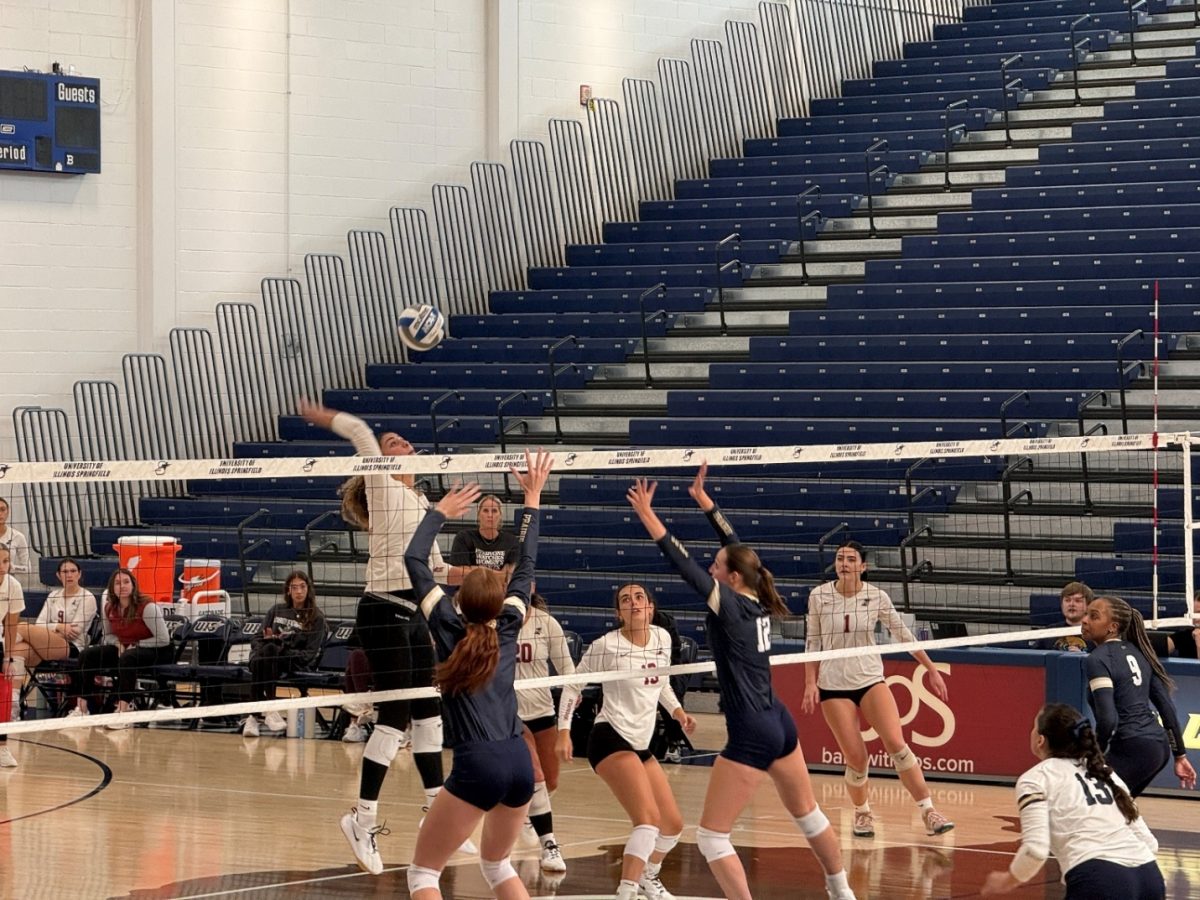As November approaches, campuses across the country are buzzing with pop-up events encouraging students to register to vote. While much attention is given to the presidential election, November 5th also marks a pivotal day for local elections, a crucial yet often overlooked aspect of the democratic process.
Local elections may not dominate headlines like national races, but their impact is undeniable. According to the League of Women Voters of Illinois, “Local elections affect the local infrastructure in ways that impact voters every single day – garbage pick-up, stop signs, water quality, street repairs, job development, fire departments, school boards, police funding – these are the purview of local governments.” Simply put, local votes directly influence the day-to-day operations and future development of the community.
Unlike national elections, where voters may feel disconnected from candidates, local elections offer a more intimate experience. Voters are more likely to meet with their local mayor, city council member, or school board representative to discuss issues that directly affect their neighborhoods. With fewer constituents per elected official, local governments tend to be more responsive to public concerns, allowing residents to see a direct impact from their votes.
However, voter turnout in local elections is alarmingly low, often dipping below 30%. This is particularly concerning because, in these smaller races, a handful of votes can decide the outcome.
As the League of Women Voters of Illinois warns, “community members who do not vote are giving power to those who do vote.” When turnout is low, the policies enacted may not reflect the needs and desires of the larger population.
A report from American Progress by Rebecca Mears and Zachary Geiger highlights another critical issue: the demographic disparities in voter turnout. Older residents, aged 65 and above, are 15 times more likely to cast a ballot than those between the ages of 18-34. Furthermore, racial turnout gaps reveal that white voters are more likely to participate in local elections, which means that the voices of young people and minority communities are often underrepresented.
For college students, this is a chance to change the narrative. By voting in local elections, students can amplify their voices and influence policies that affect their daily lives—whether it’s housing, transportation, or public safety. As a group, students have the power to sway elections, given the low turnout in many local districts.
In summary, voting in local elections isn’t just a civic duty; it’s an opportunity to shape the future of your community. College students have the potential to bridge the voter turnout gap and ensure that all voices are heard in shaping local policy. With November 5th approaching, the time to register and make a difference is now.

